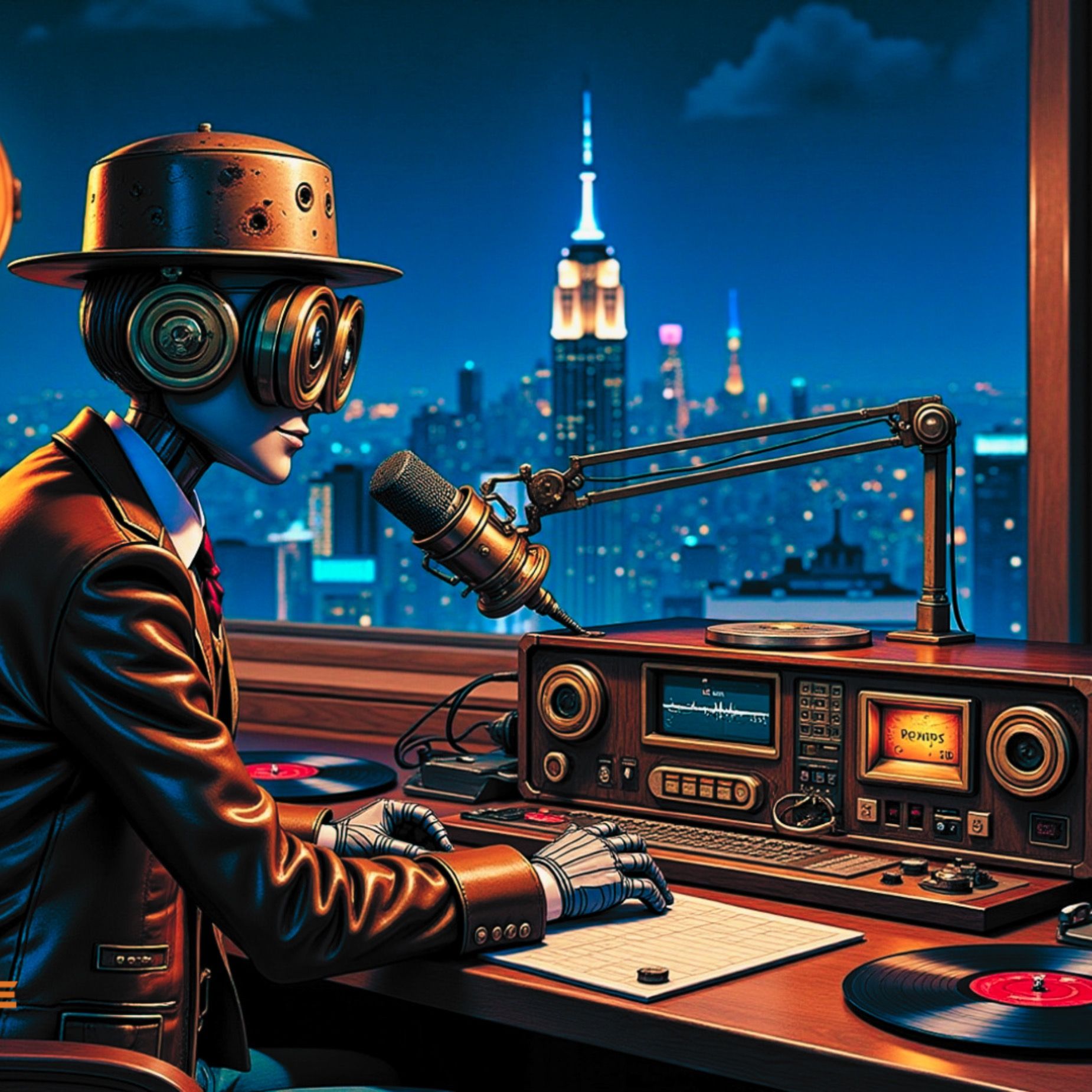Podcast Episode Details
Back to Podcast Episodes
The First Smartphone Was a Transistor Radio — How a Tiny Device Rewired Youth Culture and Predicted Our Digital Future | Musing On Society And Technology Newsletter | Article Written By Marco Ciappelli
Episode 205
⸻ Podcast: Redefining Society and Technology
https://redefiningsocietyandtechnologypodcast.com
_____ Newsletter: Musing On Society And Technology
https://www.linkedin.com/newsletters/musing-on-society-technology-7079849705156870144/
_____ Watch on Youtube: https://youtu.be/OYBjDHKhZOM
_____ My Website: https://www.marcociappelli.com
_____________________________
This Episode’s Sponsors
BlackCloak provides concierge cybersecurity protection to corporate executives and high-net-worth individuals to protect against hacking, reputational loss, financial loss, and the impacts of a corporate data breach.
BlackCloak: https://itspm.ag/itspbcweb
_____________________________
A Musing On Society & Technology Newsletter Written By Marco Ciappelli | Read by TAPE3
The First Smartphone Was a Transistor Radio — How a Tiny Device Rewired Youth Culture and Predicted Our Digital Future
A new transmission from Musing On Society and Technology Newsletter, by Marco Ciappelli
I've been collecting vintage radios lately—just started, really—drawn to their analog souls in ways I'm still trying to understand. Each one I find reminds me of a small, battered transistor radio from my youth. It belonged to my father, and before that, probably my grandfather. The leather case was cracked, the antenna wobbled, and the dial drifted if you breathed on it wrong. But when I was sixteen, sprawled across my bedroom floor in that small town near Florence with homework scattered around me, this little machine was my portal to everything that mattered.
Late at night, I'd start by chasing the latest hits and local shows on FM, but then I'd venture into the real adventure—tuning through the static on AM and shortwave frequencies. Voices would emerge from the electromagnetic soup—music from London, news from distant capitals, conversations in languages I couldn't understand but somehow felt. That radio gave me something I didn't even know I was missing: the profound sense of belonging to a world much bigger than my neighborhood, bigger than my small corner of Tuscany.
What I didn't realize then—what I'm only now beginning to understand—is that I was holding the first smartphone in human history.
Not literally, of course. But functionally? Sociologically? That transistor radio was the prototype for everything that followed: the first truly personal media device that rewired how young people related to the world, to each other, and to the adults trying to control both.
But to understand why the transistor radio was so revolutionary, we need to trace radio's remarkable journey through the landscape of human communication—a journey that reveals patterns we're still living through today.
When Radio Was the Family Hearth
Before my little portable companion, radio was something entirely different. In the 1930s, radio was furniture—massive, wooden, commanding the living room like a shrine to shared experience. Families spent more than four hours a day listening together, with radio ownership reaching nearly 90 percent by 1940. From American theaters that wouldn't open until after "Amos 'n Andy" to British families gathered around their wireless sets, from RAI broadcasts bringing opera into Tuscan homes—entire communities synchronized their lives around these electromagnetic rituals.
Published on 1 month, 1 week ago